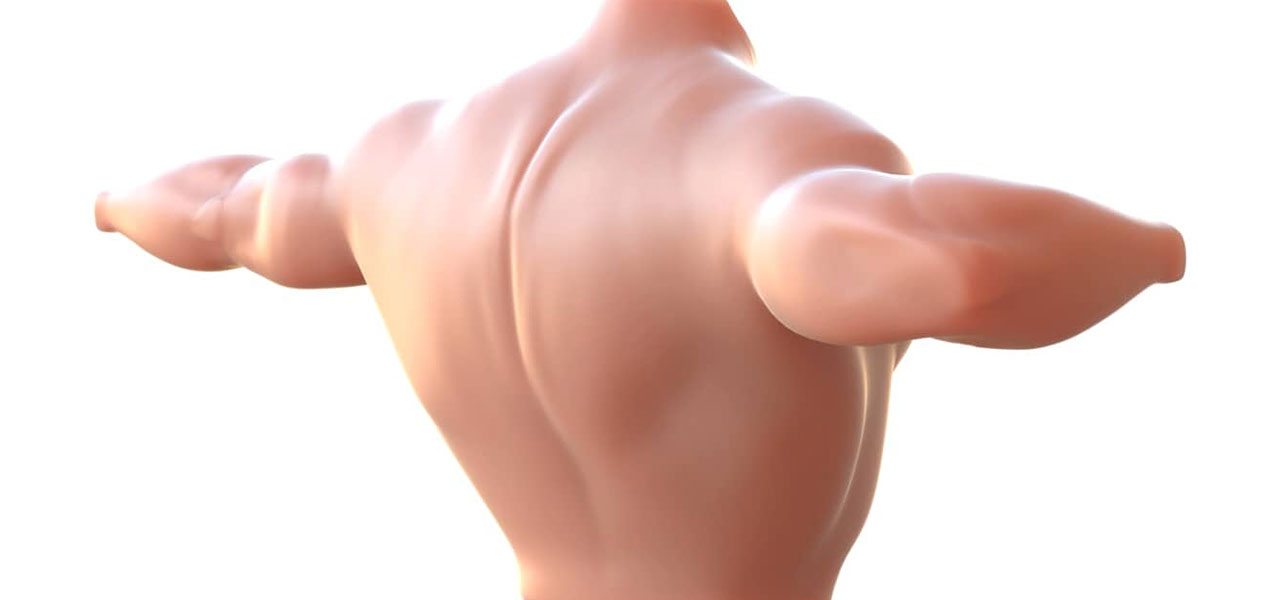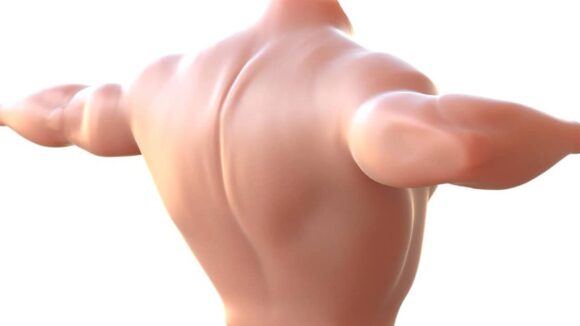

Why The Characters In ‘Incredibles 2’ Could Feel Fleshier And Stretchier
Pixar’s technical wizards show off the latest developments in flesh simulation in the video below.
The technology is not a revolution, explain Pixar scientists Breannan Smith, Fernando de Goes, and Theodore Kim, but rather an evolution of existing Neo-Hookean models, alowing for extreme rotations and inversions while preserving the volume of an object, the latter being an important consideration when animating naturalistic characters.
The video includes examples of an arm flexing and a torso stretching, making it easy to understand how this kind of hyperelasticity could be applied to the superhero characters in the upcoming Incredibles 2.
Using another example of an animated hand, the Pixar scientists observe that their “Stable Neo-Hookean Flesh Simulation” produces respectable results, including “bulging when the flesh is compressed, the formation of wrinkles, and the preservation of coherent structures, including the webbing between the thumb and the pointer finger.”
In the final example, the scientists crush a cg octopus between four cylinders in a dynamic simulation, showing how a character can be deformed to a pancake-flat shape and then immediately pop back to its original fully-volumetric shape. Again, it’s easy to connect the dots and see how this improved simulation would be useful for a character like Hank in Finding Dory.
It’s unclear whether this specific flesh simulation will be used on Incredibles 2 or if this is a proposal for future application, but regardless, the characters in Incredibles 2 will certainly feel fleshier than the original film considering that 14 years has passed between the two projects, a lifetime in cg industry terms.
Full technical documentation of the Stable Neo-Hookean Flesh Simulation model can be found in multiple PDFs available on Pixar’s website.

.png)